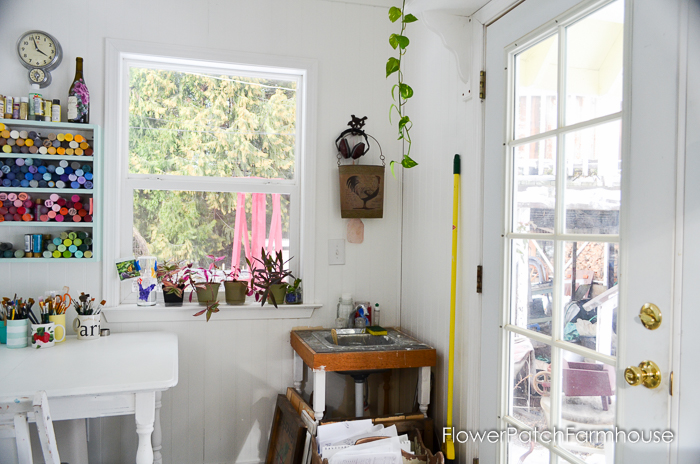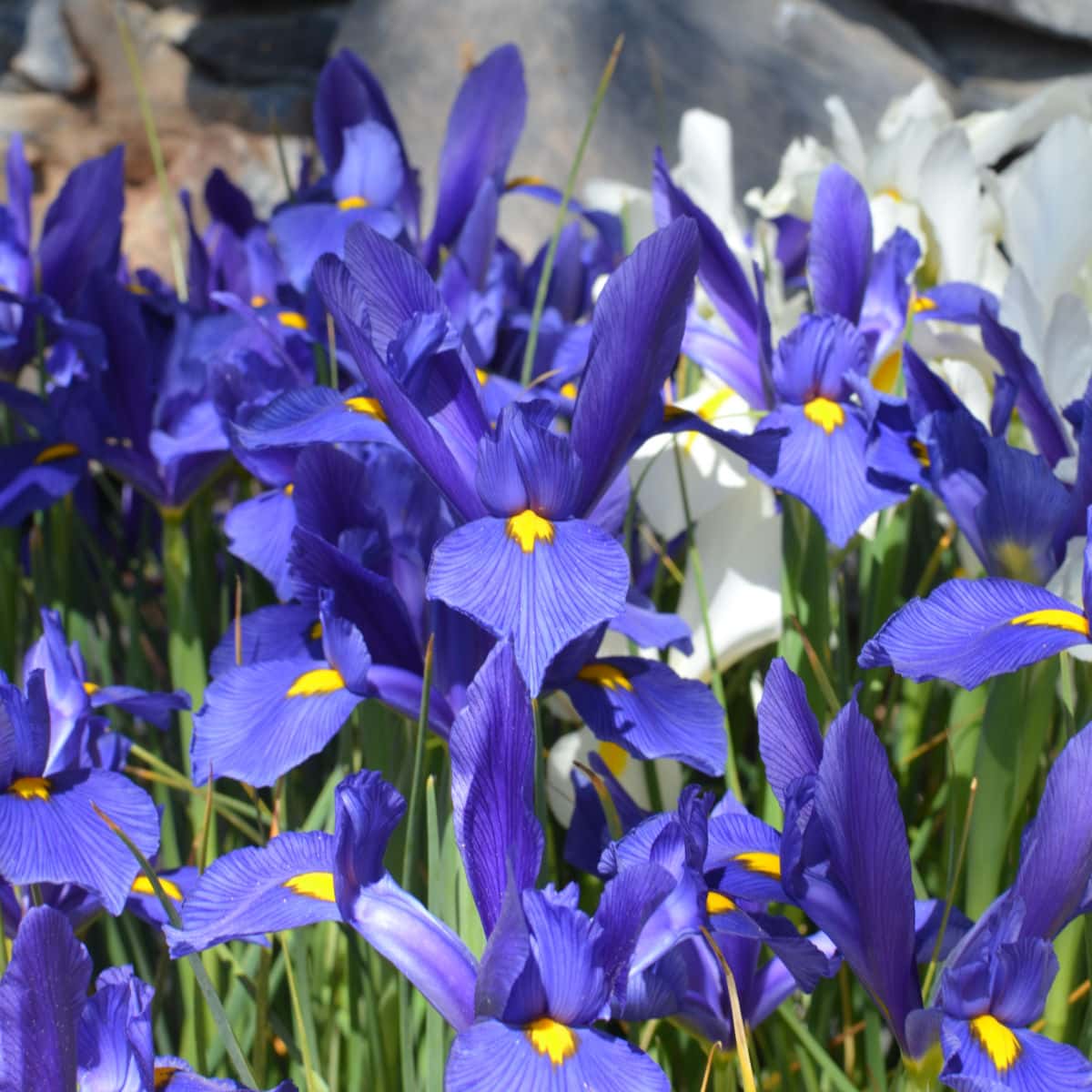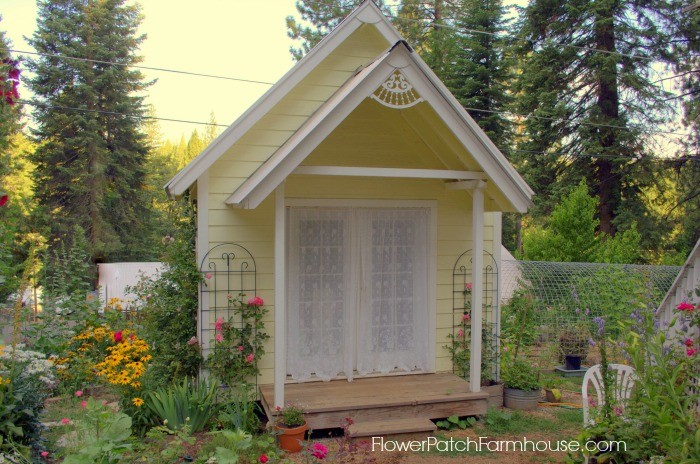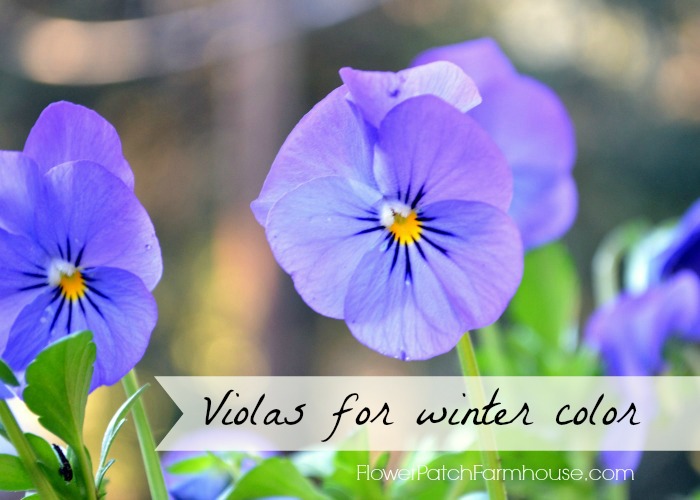Why add Sempervivum to Your Garden?
What is easy to grow, tough as nails yet look gorgeous in the garden for years and years? Try Sempervivum in your garden and see how wonderfully simple they are to grow and enjoy them in your garden beds, containers, or rockery!
What is Sempervivum?
Sempervivum is a group of succulent plants also known as common houseleeks or hens and chicks.
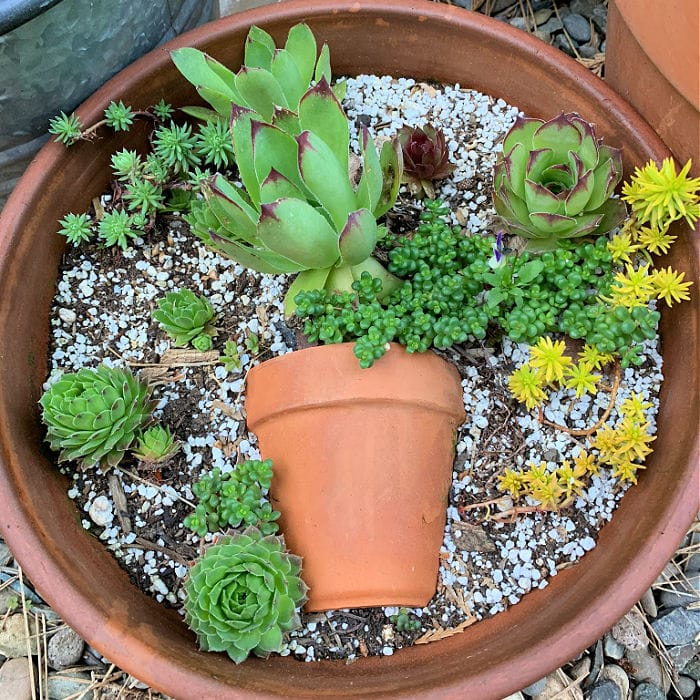
The Sempervivum plant resembles an open rose. Each variety display different touches of color during the seasons.
They can grow so thickly that they create a beautiful ground cover.
With names like Gold Nugget, Berry Blues, Cinnamon Starburst, and Chocolate Kiss you soon realize you can have a colorful garden with these delightful gems alone. (the names are for the Chick Charms brand of which I have collected several)
Sempervivums Hens Chicks
So why the name Hens and Chicks when they are rosette shaped?
Well, the mother plant will sprout babies all around her and it looks like a hen sitting on her chicks.
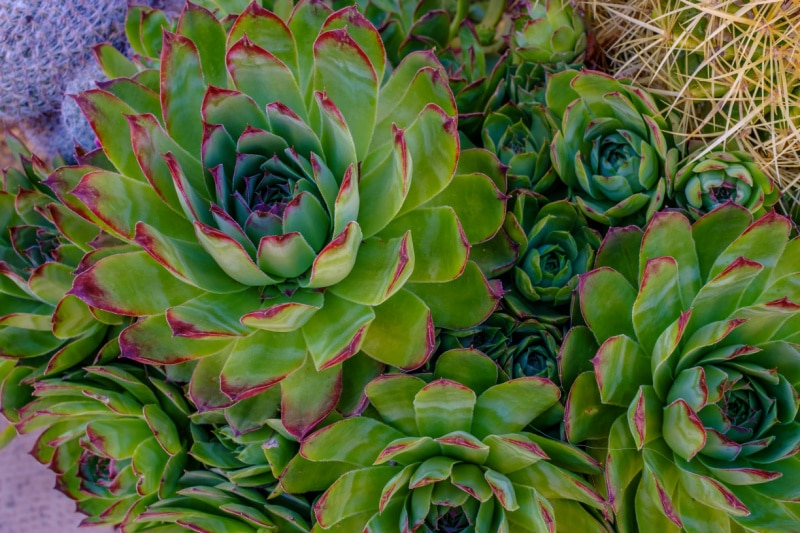
So how long does Sempervivum last?
They don’t really live forever but because so many baby plants (chicks) live on it is as if they do.
After about three to five years of producing babies like this, the mother plant will send out a flower shoot, go to seed, then die.
The seeds can germinate and grow so keep on the lookout for sempervivum seedlings!
Growing Sempervivum
Sempervivums are hardy to Zone 4, unlike Echeverias which are more tender. Be sure and check the label as many Echeveria looks like Sempervivum.
Though many say to grow them in full sun, this really can vary by location. Optimum temperatures are 65 to 75 degrees for the best performance.
In areas that get extremely hot temperatures, it is better to locate your plants in the afternoon shade.
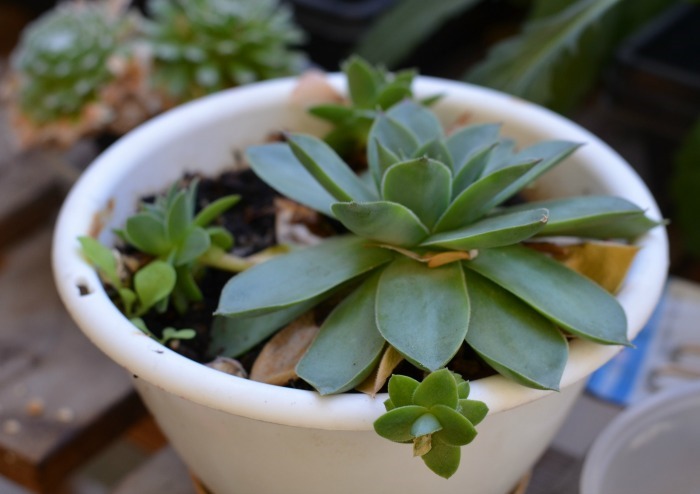
Sempervivum will survive extremely hot temps but they won’t do as well.
In high temperatures in the direct sun, they tend to shrivel and look sad.
In areas that are damp and cooler, direct sun is best.
Sempervivum prefers well-draining soil. They grow very well in sand though I do have plenty planted at the feet of some of my roses where they seem to do just fine as well.
I am starting a gravel rock garden in front of my entrance porch and I will share that as it progresses but sempervivums, sedum and other succulents will be the stars of the show.
How to Water
That can depend on your climate. In dry areas, you may want to water weekly.
When planted in sharp, well-draining soil they will not rot or become waterlogged. If your soil has a lot of clay in it then you may wish to grow them in containers.
Live in an area that gets a lot of rain in the summer? You may not need to water at all.
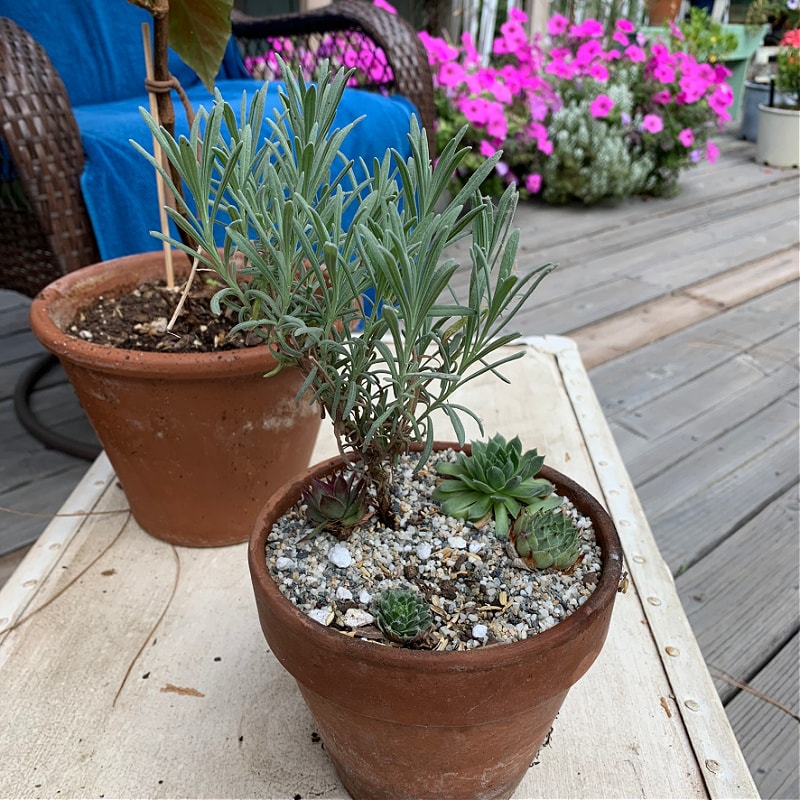
What is Sempervivum Good For?
Believe it or not, the leaves of Hens and Chicks can be used like Aloe Vera to treat bug bites, small cuts, and minor burns.
The leaves of the common houseleek (Sempervivum tectorum) are reputed to have a cucumber flavor and can be added to salads. I have yet to try this.
Variety of Hens and Chicks
For different colors and look see about getting ones with different names like:
- Sempervivum tectorum *
- Sempervivum arachnoideum (Spider Web) *
- Sempervivum Jade Rose *
- Sempervivum Appletini *
- Sempervivum Gold Nugget *
- Sempervivum Green Wheel *
- and the list goes on
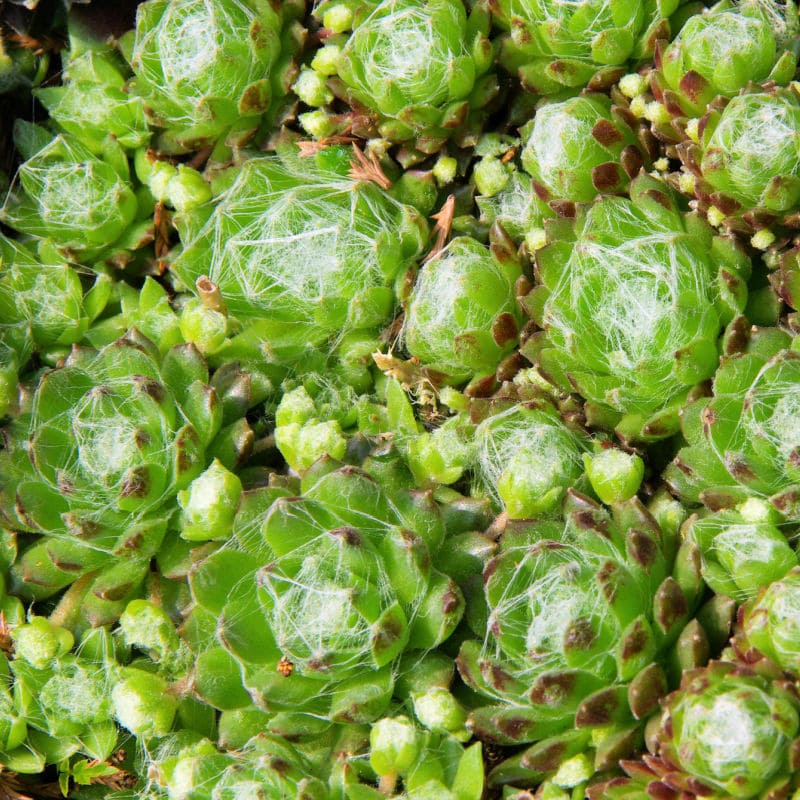
Regardless of droughts, deep freezes, and poor soil, Sempervivum grows easily and will brighten any garden. So you can see why I love to grow them and I know you will too!

